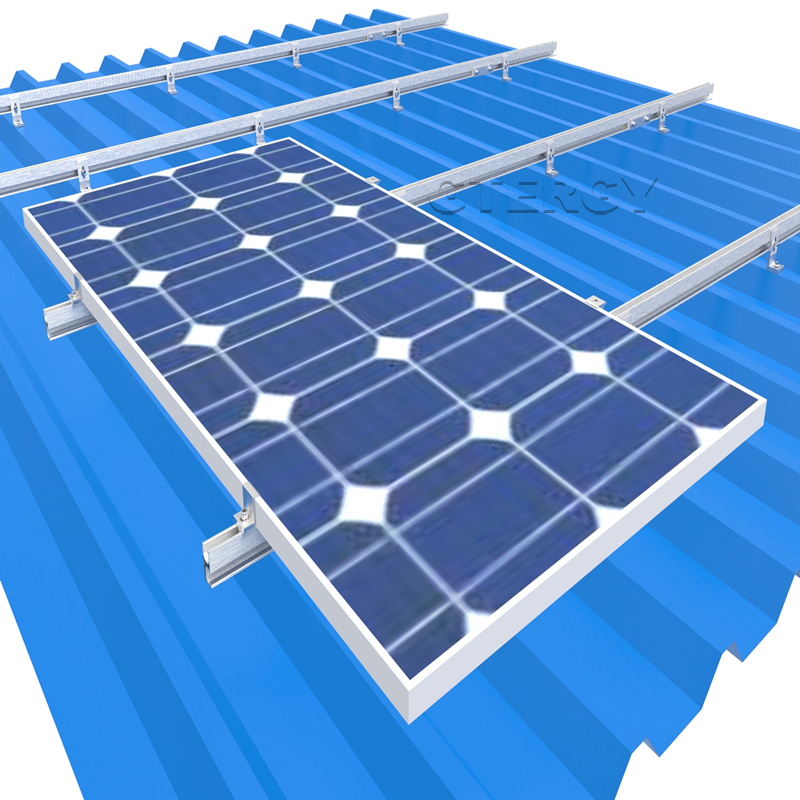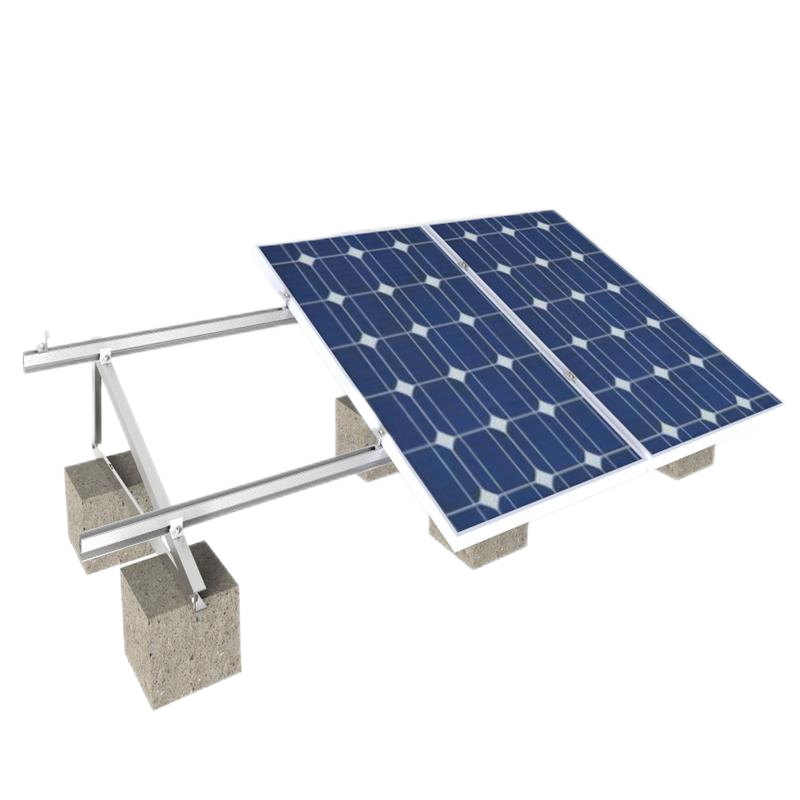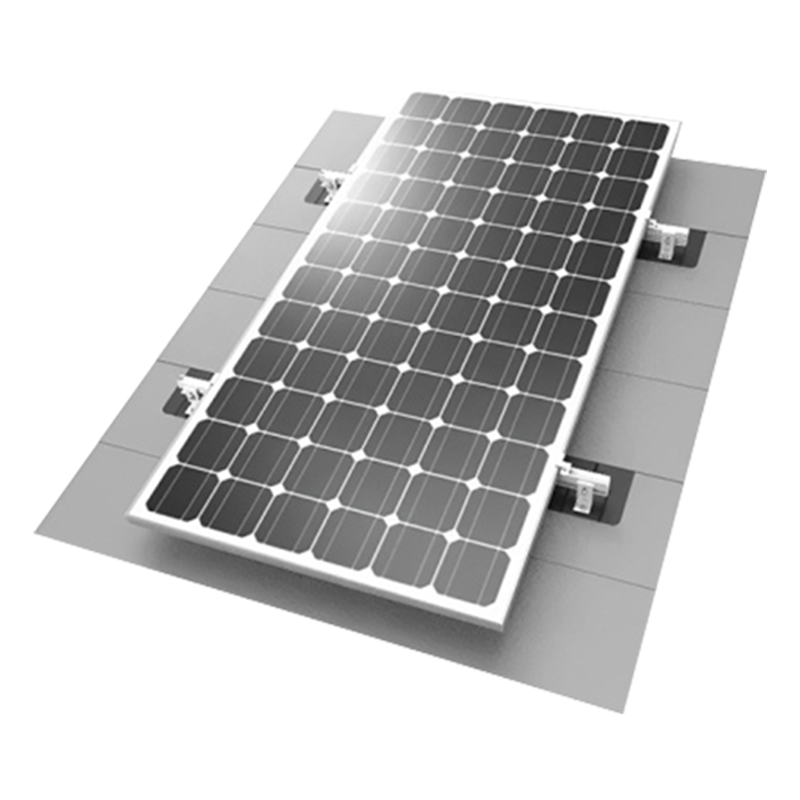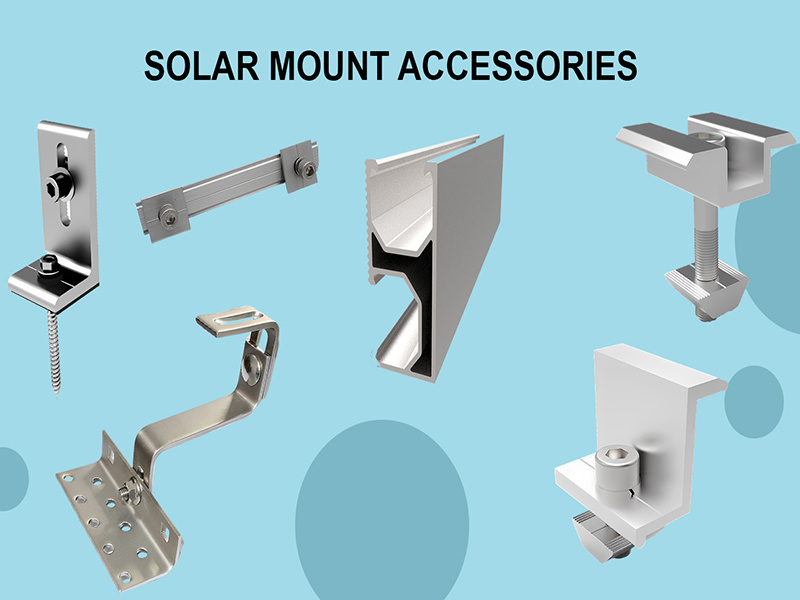Solar Mounting System Triangle Bracket Solar Mounting Install Steps
2025-05-29
Solar Roof Tripod System Quick Mounting Flat Roof PV Mounting System Description and Installation Steps
Fixed-Angle Aluminum Alloy Solar Triangle Rack System
Basic Structure
- Triangle Frame: Made of three aluminum alloy profiles connected in a triangular frame, this structure is highly stable. It evenly distributes forces and enhances the system’s strength, effectively withstanding severe weather conditions like strong winds and heavy snow.
- Fixed Angle Design**: The tilt angle is set during installation, optimized based on geographical latitude, solar incidence angles, and application scenarios to ensure the solar panel faces the sun at an optimal angle for most of the year, achieving high power generation efficiency. Common fixed angles are 15° and 30°, with some customizable adjustable tilt options like 10–15°,15–30°, or 30–60°, though the angle is fixed once installed.
Material Features
- Lightweight: The low density of aluminum alloy makes the system easy to transport and install, reducing the load on the installation foundation. It’s ideal for roofs with limited load-bearing capacity.
- High Strength: With excellent mechanical properties, it can bear significant pressure and tension, providing stable support for solar panels and ensuring safe operation.
- Great Corrosion Resistance: A dense oxide film forms on the surface, preventing further corrosion. It performs well in harsh climates like coastal areas with high salt spray and humid regions, ensuring long-term reliability with minimal maintenance costs.
- Aesthetic Appeal: The attractive aluminum alloy surface can be further enhanced through processes like anodizing, improving the system’s appearance. It complements solar panels and surrounding structures, adding to the solar power station’s visual appeal.
Installation Methods
- Roof Installation: Suitable for flat roofs like those of industrial plants, commercial buildings, and residential houses. It’s securely fixed using components like expansion bolts and ballast blocks. No major roof modifications are needed, avoiding damage and offering good versatility.
- Ground Installation: Fixed to foundations via pre-buried anchor bolts or other foundation fixation methods. It’s perfect for large ground-mounted photovoltaic power stations in open spaces, allowing flexible solar panel array layouts.
Application Scenarios
- Commercial and Industrial Sectors: Widely used on commercial and industrial building roofs, it provides clean energy for business operations, cuts electricity costs, and aligns with corporate sustainability goals, enhancing their image.
- Residential Sector: Suitable for flat residential roofs, it offers clean and economical energy, meeting daily household electricity needs. It’s also ideal for rural houses or villas.
Performance Advantages
- High Stability: The triangular structure and aluminum alloy’s excellent properties make the system highly stable, resisting wind and snow loads to ensure stable solar panel operation.
- Easy Installation: Most components are highly pre-assembled in the factory, saving on-site installation time and labor. No complex tools or equipment are needed, and processes like on-site welding are eliminated. Installers can quickly master the technique after simple training.
- High Power Generation Efficiency: The fixed angle is optimized based on local conditions, keeping solar panels well-positioned for sunlight and maximizing power generation.
- Long Service Life: With aluminum alloy’s corrosion resistance and aging resistance, the system typically lasts over 25 years, providing long-term power generation benefits.
Step 1: Expand the Aluminum Tripod Solar Bracket and Fasten It with Bolts
Step 2: Measurement Solar Mounting Roof Tripod System Degree
Step 3: Install Solar Panel Clamps and Aluminum Profile
Step 4: Complete Solar Tripod Mounting System Installation
Related Information










